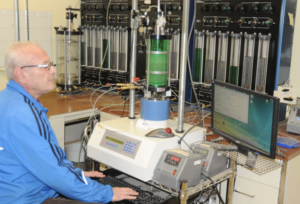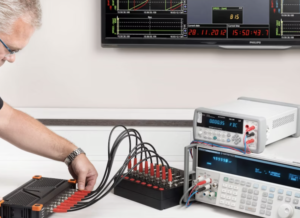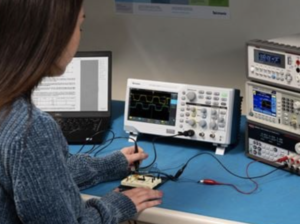Can Deep Learning Enhance Triaxial Test Parameter Calibration?
Triaxial testing is essential in geotechnical engineering for evaluating soil strength, deformation, and stability. However, calibrating test parameters1—such as confining pressure, axial load, and pore pressure—can be time-consuming and prone to human error. Deep learning (DL) offers a data-driven approach2 to automate and optimize calibration, improving accuracy and efficiency. This article explores how deep learning can transform triaxial test parameter calibration3 and enhance geotechnical testing reliability.
Challenges in Traditional Triaxial Test Parameter Calibration
Traditional calibration of triaxial test parameters relies on manual adjustments and empirical correlations4, leading to several challenges:
- Human Error in Data Collection5: Manual calibration introduces inconsistencies due to operator variations.
- Time-Consuming Adjustments: Setting confining pressures, axial loads, and drainage conditions requires repeated tuning.
- Nonlinear Soil Behavior Complexity6: Traditional models struggle with predicting soil responses under varying stress conditions.
- Sensor Drift and Equipment Degradation: Long-term use of test apparatus leads to calibration drift, requiring frequent recalibration.
Comparison: Manual vs. AI-Driven Calibration
| Challenge | Manual Calibration | AI-Driven Calibration |
|---|---|---|
| Time Efficiency | Slow, requires repeated adjustments | Fast, automated fine-tuning |
| Accuracy | Prone to human error | High precision through AI predictions |
| Adaptability to Soil Variability | Limited by predefined models | Learns from real-time test data |
| Sensor Drift Management | Requires periodic manual recalibration | AI models detect and compensate for drift |
Deep learning models can learn from historical test data, reducing the need for manual intervention and improving test reliability.

Applying Deep Learning for Automated Calibration
Deep learning algorithms can automate the calibration process by continuously analyzing test data and making real-time adjustments. Some key AI techniques used in automated calibration include:
1. Artificial Neural Networks (ANNs) for Parameter Prediction
- Trained on past triaxial test data to predict optimal test parameters.
- Adjusts loading rates, drainage conditions, and confining pressures dynamically.
- Reduces overcorrection errors in calibration.
2. Reinforcement Learning (RL) for Adaptive Calibration
- AI "learns" optimal calibration strategies through trial and error.
- Adjusts test settings to minimize deviations from expected stress-strain behavior.
- Continuously improves as more test data is processed.
3. Convolutional Neural Networks (CNNs) for Image-Based Calibration
- Uses high-resolution images of soil deformation to fine-tune calibration.
- Detects strain localization zones and adjusts pressure application accordingly.
- Reduces undetected calibration errors that affect shear strength measurement.
AI-Driven vs. Traditional Calibration Performance
| Calibration Method | Response Time | Error Margin | Adaptability |
|---|---|---|---|
| Manual Calibration | Minutes to hours | ±5-10% | Limited |
| AI-Based Calibration | Seconds | ±1-2% | High |
Using AI for calibration significantly reduces calibration time, minimizes errors, and adapts dynamically to soil conditions.
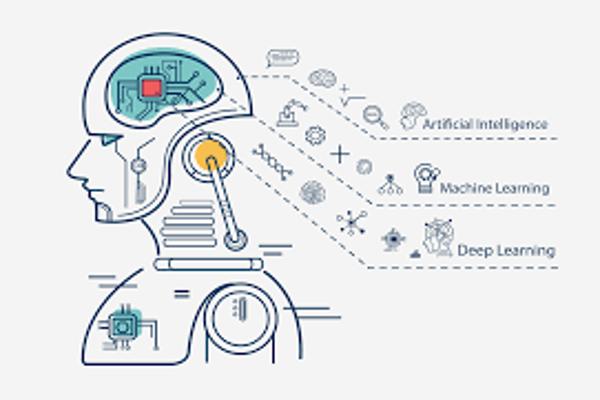
Improving Accuracy and Efficiency with AI Models
AI models enhance calibration accuracy by continuously monitoring sensor inputs and making micro-adjustments. Some benefits of AI-driven calibration include:
1. Real-Time Parameter Optimization
- AI adjusts axial load, confining pressure, and strain rates based on soil response.
- Reduces test failures due to incorrect calibration.
2. Error Detection and Correction
- Machine learning models identify anomalies in calibration values.
- Auto-corrects errors before they affect test results.
3. Predictive Calibration for Different Soil Types
- AI predicts optimal test settings for different soil classifications.
- Reduces the need for trial-and-error calibration adjustments.
Example: AI-Optimized Confining Pressure Calibration
A deep learning model trained on 5,000+ triaxial test results was used to predict the optimal confining pressure for various soils. Results showed a 30% reduction in calibration errors compared to traditional methods.
| Soil Type | Target Confining Pressure (kPa) | Manual Calibration Error (%) | AI-Based Calibration Error (%) |
|---|---|---|---|
| Loose Sand | 150 | 8.5% | 2.1% |
| Dense Sand | 400 | 7.2% | 1.9% |
| Soft Clay | 75 | 6.8% | 2.3% |
| Stiff Clay | 250 | 5.9% | 1.7% |
AI-driven calibration improved precision across all soil types, reducing test variability.
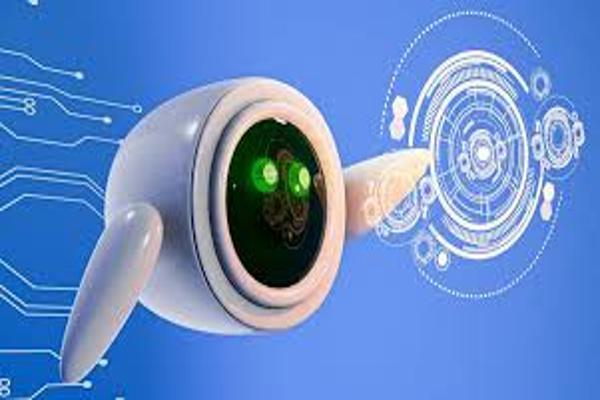
Future Prospects of AI-Driven Calibration in Geotechnical Testing
The future of AI-driven calibration7 in triaxial testing looks promising, with continued advancements expected in:
-
Fully Automated AI-Driven Triaxial Test Systems:
- Robotic calibration systems that eliminate human intervention.
- AI-based controllers that adjust test conditions dynamically.
-
Integration of AI with Smart Sensors:
- AI-powered self-calibrating sensors8 that detect and correct measurement drift.
- Enhanced pore pressure transducers that use AI for real-time compensation.
-
Cloud-Based Calibration Platforms:
- AI models trained on global geotechnical databases.
- Remote calibration systems that allow engineers to optimize tests from anywhere.
Expected Advancements in AI-Driven Calibration
| Future AI Feature | Impact on Triaxial Testing |
|---|---|
| Self-learning AI models | Improve accuracy over time by learning from global test data |
| Autonomous calibration robots | Reduce manual intervention and improve test repeatability |
| AI-integrated sensor diagnostics | Automatically detect sensor drift and recalibrate in real-time |
| Cloud-based AI analytics | Enable remote test monitoring and predictive maintenance |
These advancements will redefine geotechnical testing, making it more efficient, accurate, and adaptive.
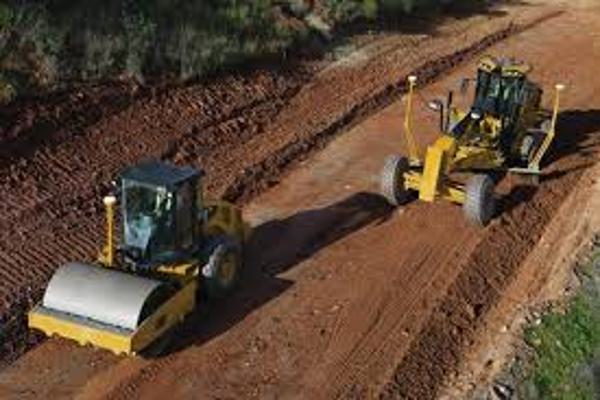
Conclusion
Deep learning is revolutionizing triaxial test parameter calibration by automating adjustments, improving accuracy, and optimizing soil test settings. AI-driven calibration minimizes human error, reduces test setup time, and enhances data reliability. As AI technology continues to evolve, geotechnical engineers will benefit from real-time, adaptive calibration solutions, leading to more efficient and cost-effective soil testing worldwide.
-
Explore this resource to understand effective methods for calibrating test parameters, ensuring accuracy in geotechnical testing. ↩
-
Discover how a data-driven approach can enhance geotechnical engineering practices, leading to improved outcomes and efficiency. ↩
-
Learn about cutting-edge advancements in triaxial test parameter calibration that leverage deep learning for better results. ↩
-
Understanding these challenges can help improve testing accuracy and reliability in geotechnical engineering. ↩
-
Exploring this topic can provide insights into minimizing errors and enhancing data integrity in soil testing. ↩
-
Learning about this complexity can aid in developing better predictive models for soil behavior under stress. ↩
-
Explore how AI-driven calibration enhances accuracy and efficiency in triaxial testing, revolutionizing the field. ↩
-
Learn about self-calibrating sensors and their role in improving measurement accuracy in geotechnical testing. ↩


